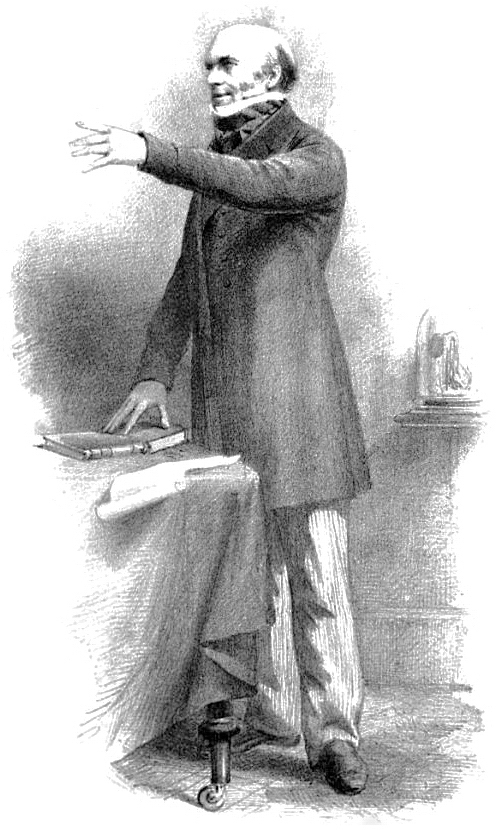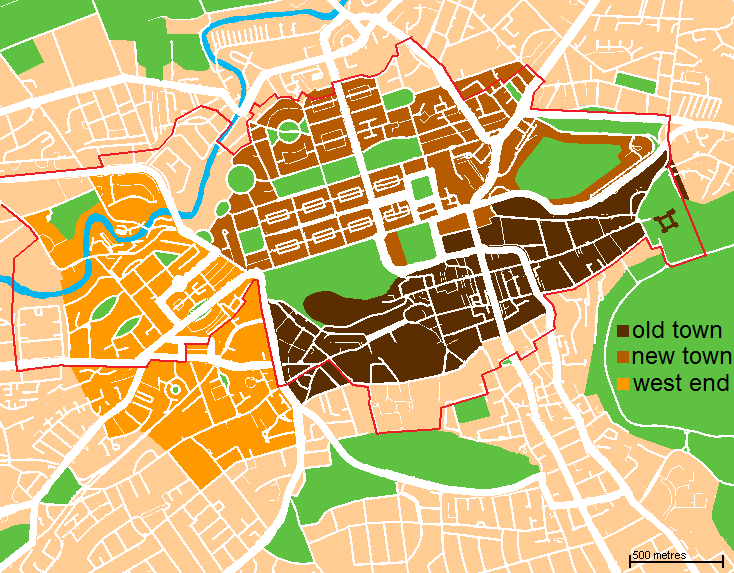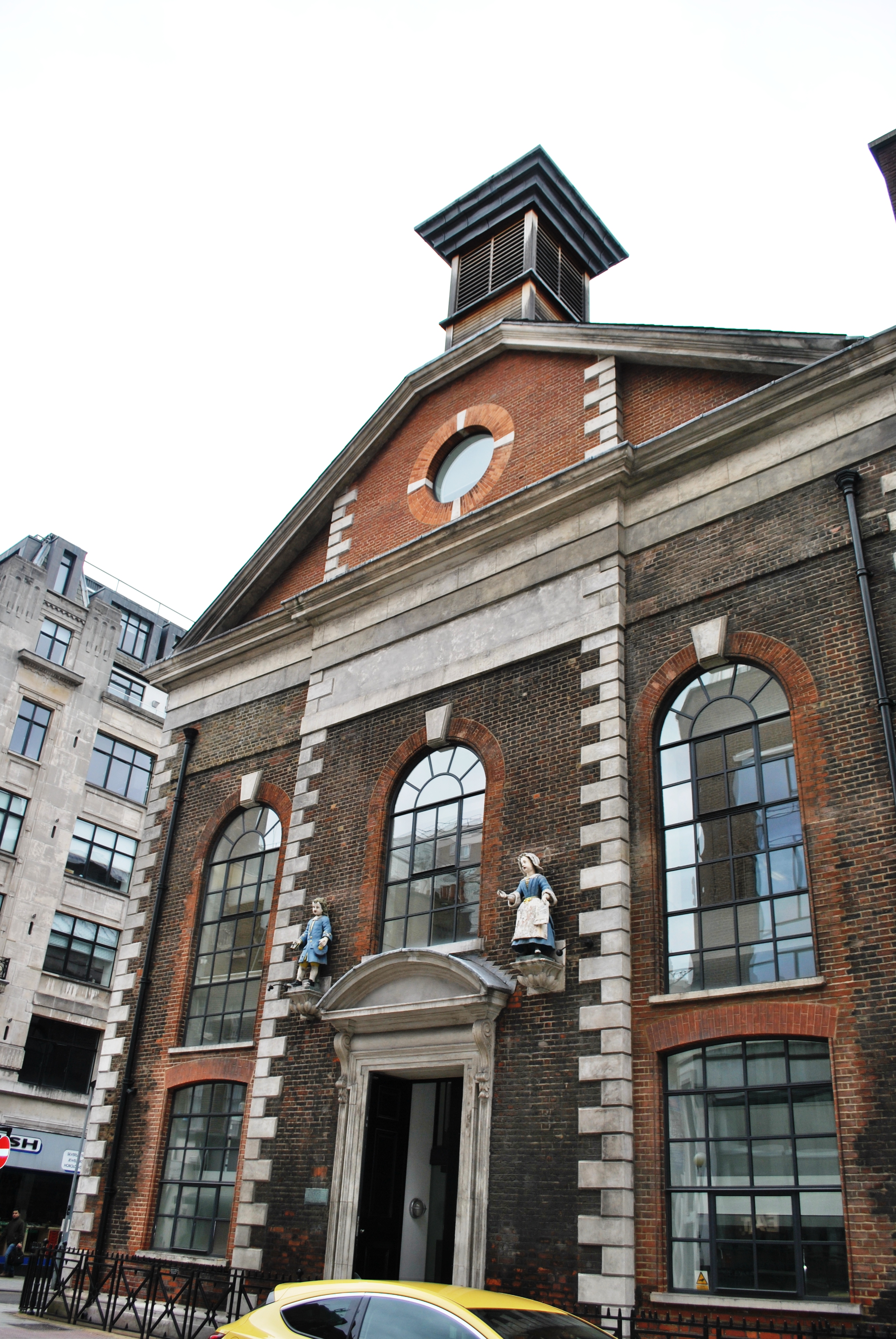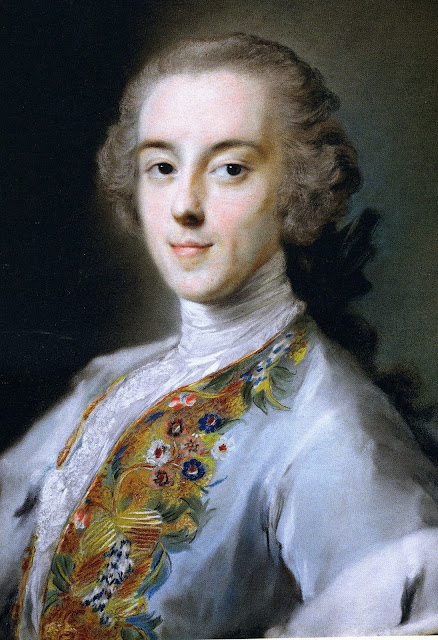|
Magdalene Asylums
Magdalene asylums, also known as Magdalene laundries (named after the Biblical figure Mary Magdalene), were initially Protestantism, Protestant but later mostly Roman Catholic institutions that operated from the 18th to the late 20th centuries, ostensibly to house "Fallen woman, fallen women". The term referred to Female promiscuity, female sexual promiscuity or prostitution, prostitutes, young women who became pregnant outside of marriage, or young girls and teenagers who did not have familial support. They were required to work without pay apart from meagre food provisions, while the institutions operated large commercial laundries, serving customers outside their bases. Many of these "laundries" were effectively operated as penitentiary workhouses. The strict regimes in the institutions were often more severe than those found in prisons. This contradicted the perceived outlook that they were meant to help women as opposed to punishing them. A survivor said of the working co ... [...More Info...] [...Related Items...] OR: [Wikipedia] [Google] [Baidu] |
19 & 20 Vict
Nineteen or 19 may refer to: * 19 (number) * One of the years 19 BC, AD 19, 1919, 2019 Films * ''19'' (film), a 2001 Japanese film * ''Nineteen'' (1987 film), a 1987 science fiction film * '' 19-Nineteen'', a 2009 South Korean film * '' Diciannove'', a 2024 Italian drama film informally referred to as "Nineteen" in some sources Science * Potassium, an alkali metal * 19 Fortuna, an asteroid Music * 19 (band), a Japanese pop music duo Albums * ''19'' (Adele album), 2008 * ''19'', a 2003 album by Alsou * ''19'', a 2006 album by Evan Yo * ''19'', a 2018 album by MHD * ''19'', one half of the double album '' 63/19'' by Kool A.D. * ''Number Nineteen'', a 1971 album by American jazz pianist Mal Waldron * ''XIX'' (EP), a 2019 EP by 1the9 Songs * "19" (song), a 1985 song by British musician Paul Hardcastle * "Stone in Focus", officially "#19", a composition by Aphex Twin * "Nineteen", a song from the 1992 album ''Refugee'' by Bad4Good * "Nineteen", a song from th ... [...More Info...] [...Related Items...] OR: [Wikipedia] [Google] [Baidu] |
Dalry, Edinburgh
Dalry () is an area of the Scotland, Scottish capital city of Edinburgh. It is located close to the city centre, between Haymarket, Edinburgh, Haymarket and Gorgie. The area is now primarily residential. It is centred around Dalry Road, which has numerous shops, restaurants and small businesses. Lying outside the old city walls and west of the castle, the area began as part of the agricultural estate of Dalry House (constructed in 1661), the exception being the Dalry Mill, recorded as the oldest paper mill in Scotland, now demolished. In the Victorian era, Victorian period industrial development followed along with large scale tenement construction, new road layouts and the addition of railway infrastructure, all of which came to occupy the former fields. By the early 21st century most of the industry of Dalry has disappeared, with the former sites converted to private housing. Etymology The name Dalry may derive from ''Dail Ruigh'' or ''Dail Rìgh'', Scottish Gaelic for the "P ... [...More Info...] [...Related Items...] OR: [Wikipedia] [Google] [Baidu] |
Burke And Hare Murders
The Burke and Hare murders were a series of sixteen murders committed over a period of about ten months in 1828 in Edinburgh, Scotland. They were undertaken by William Burke and William Hare, who sold the corpses to Robert Knox for dissection at his anatomy lectures. Edinburgh was a leading European centre of anatomical study in the early 19th century, in a time when the demand for cadavers led to a shortfall in legal supply. Scottish law required that corpses used for medical research should only come from those who had died in prison, suicide victims, or from foundlings and orphans. The shortage of corpses led to an increase in body snatching by what were known as "resurrection men". Measures to ensure graves were left undisturbed—such as the use of mortsafes—exacerbated the shortage. When a lodger in Hare's house died, he turned to his friend Burke for advice; they decided to sell the body to Knox. They received what was, for them, the generous sum of £7 10 s. A litt ... [...More Info...] [...Related Items...] OR: [Wikipedia] [Google] [Baidu] |
Old Town, Edinburgh
The Old Town () is the oldest part of Scotland's capital city of Edinburgh. The area has preserved much of its medieval street plan and many Scottish Reformation, Reformation-era buildings. Together with the 18th/19th-century New Town, Edinburgh, New Town, and West End, Edinburgh, West End, it forms part of a protected UNESCO World Heritage Site. Royal Mile The "Royal Mile" is a name coined in the early 20th century for the main street of the Old Town which runs on a downwards slope from Edinburgh Castle to Holyrood Palace and the ruined Holyrood Abbey. Narrow ''List of closes on the Royal Mile, closes'' (alleyways), often no more than a few feet wide, lead steeply downhill to both north and south of the main spine which runs west to east. Significant buildings in the Old Town include St. Giles' Cathedral, the General Assembly Hall of the Church of Scotland, the National Museum of Scotland, the Old College, University of Edinburgh, Old College of the University of Edinburgh, P ... [...More Info...] [...Related Items...] OR: [Wikipedia] [Google] [Baidu] |
The Canongate
The Canongate is a street and associated district in central Edinburgh, the capital city of Scotland. The street forms the main eastern length of the Royal Mile while the district is the main eastern section of Edinburgh's Old Town. David I of Scotland, by the Great Charter of Holyrood Abbey , authorised the Abbey to found a burgh separate from Edinburgh between the Abbey and the city. The burgh of Canongate which developed was controlled by the Abbey until the Scottish Reformation, when it came under secular control. In 1636 the adjacent city of Edinburgh bought the feudal superiority of the Canongate but it remained a semi-autonomous burgh under its own administration of bailies chosen by Edinburgh magistrates, until its formal incorporation into the city in 1856. The burgh gained its name from the route that the canons of Holyrood Abbey took to Edinburgh—the canons' way or the canons' gait, from the Scots word ''gait'' meaning "way". In more modern times, the eastern ... [...More Info...] [...Related Items...] OR: [Wikipedia] [Google] [Baidu] |
Streatham
Streatham ( ) is a district in south London, England. Centred south of Charing Cross, it lies mostly within the London Borough of Lambeth, with some parts extending into the neighbouring London Borough of Wandsworth. Streatham was in Surrey before becoming part of the County of London in 1889, and then Greater London in 1965. The area is identified in the London Plan as one of 35 major centres in Greater London. History Streatham means "the hamlet on the street". The street in question, the London to Brighton Way, was the Roman road from the capital Londinium to the south coast near Portslade, today within Brighton and Hove. It is likely that the destination was a Roman port now lost to coastal erosion, which has been tentatively identified with 'Novus Portus' mentioned in Ptolemy's Geographia (Ptolemy), Geographia. The road is confusingly referred to as Stane Street (Chichester), Stane Street (Stone Street) in some sources and diverges from the main London-Chichester road ... [...More Info...] [...Related Items...] OR: [Wikipedia] [Google] [Baidu] |
Foundling Hospital
The Foundling Hospital (formally the Hospital for the Maintenance and Education of Exposed and Deserted Young Children) was a children's home in London, England, founded in 1739 by the philanthropy, philanthropic Captain (nautical), sea captain Thomas Coram. It was established for the "education and maintenance of exposed and deserted young children." The word "hospital" was used in a more general sense than it is in the 21st century, simply indicating the institution's "hospitality" to those less fortunate. Nevertheless, one of the top priorities of the committee at the Foundling Hospital was children's health, as they combated smallpox, fevers, Tuberculosis, consumption, dysentery and even infections from everyday activities like teething that drove up mortality rates and risked epidemics. With their energies focused on maintaining a disinfected environment, providing simple clothing and fare, the committee paid less attention to and spent less on developing children's educatio ... [...More Info...] [...Related Items...] OR: [Wikipedia] [Google] [Baidu] |
Bethlem Royal Hospital
Bethlem Royal Hospital, also known as St Mary Bethlehem, Bethlehem Hospital and Bedlam, is a psychiatric hospital in Bromley, London. Its famous history has inspired several horror books, films, and television series, most notably ''Bedlam (1946 film), Bedlam'', a 1946 film with Boris Karloff. The hospital is part of the South London and Maudsley NHS Foundation Trust. It is closely associated with King's College London and, in partnership with the Institute of Psychiatry, Psychology and Neuroscience, is a major centre for psychiatric research. It is part of the King's Health Partners academic health science centre and the National Institute for Health and Care Research (NIHR) Biomedical Research Centre for Mental Health. Founded in 1247, the hospital was originally located just outside the London Wall, city walls, in the Bishopsgate, Bishopsgate Without area of the City of London. It moved a short distance to Moorfields in 1676, and then to St George's Fields in Southwark in ... [...More Info...] [...Related Items...] OR: [Wikipedia] [Google] [Baidu] |
Horace Walpole
Horatio Walpole, 4th Earl of Orford (; 24 September 1717 – 2 March 1797), better known as Horace Walpole, was an English Whig politician, writer, historian and antiquarian. He had Strawberry Hill House built in Twickenham, southwest London, reviving the Gothic style some decades before his Victorian successors. His literary reputation rests on the first Gothic novel, '' The Castle of Otranto'' (1764), and his ''Letters'', which are of significant social and political interest. They have been published by Yale University Press in 48 volumes. In 2017, a volume of Walpole's selected letters was published. The youngest son of the first British Prime Minister, Sir Robert Walpole, 1st Earl of Orford, he became the 4th and last Earl of Orford of the second creation on his nephew's death in 1791. Early life: 1717–1739 Walpole was born in London, the youngest son of British Prime Minister Sir Robert Walpole and his wife, Catherine. Like his father, he received early educatio ... [...More Info...] [...Related Items...] OR: [Wikipedia] [Google] [Baidu] |
John Fielding
Sir John Fielding (16 September 1721 – 4 September 1780) was an English magistrate and social reformer of the 18th century. He was the younger half-brother of novelist, playwright and chief magistrate Henry Fielding. Despite being blinded in an accident at the age of 19, John set up his own business and, in his spare time, studied law with Henry. Early life John Fielding was born on 16 September 1721, most likely in Blenheim Street, St James's, London. He was the third child of Lieutenant-General Edmund Fielding and his second wife Anne Blanchard. Fielding's mother had previously been married to an Italian named Rapha and may have been the owner of an "eating house" in London. Among Fielding's half-siblings were Henry Fielding and Sarah Fielding, with whom he had close relationships, both products of his father's first marriage Very little is known about Fielding's childhood and early life; it is possible that he spent some time in service with the Royal Navy. He had poor ... [...More Info...] [...Related Items...] OR: [Wikipedia] [Google] [Baidu] |
Jonas Hanway
Jonas Hanway Royal Society of Arts, FRSA (12 August 1712 – 5 September 1786), was a British philanthropist, polemicist, merchant and Explorer, traveller. He was the first male Londoner to carry an umbrella and was a noted opponent of tea drinking. Hanway created seventy-four printed works, mostly pamphlets, on a wide variety of subjects. Of literary importance is the ''Historical Account of British Trade over the Caspian Sea, with a Journal of Travels, etc.'' (London, 1753). He is also cited frequently for his work with the Foundling Hospital in London, particularly his pamphlets detailing the earliest comparative "histories" of the foundation versus similar institutions abroad. Life Hanway was born in Portsmouth, on the south coast of England. While still a child, his father, who had been a victualler, died, and the family subsequently moved to London. In 1729, Jonas was apprenticed to a merchant in Lisbon. In 1743, after he had been in business for himself for some time in L ... [...More Info...] [...Related Items...] OR: [Wikipedia] [Google] [Baidu] |






